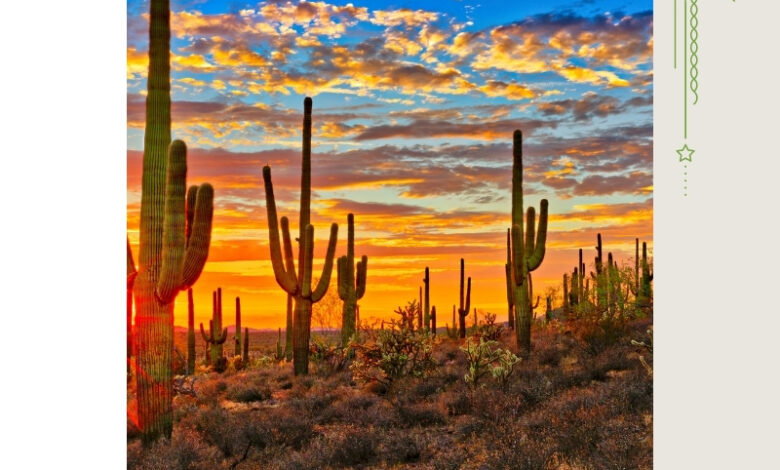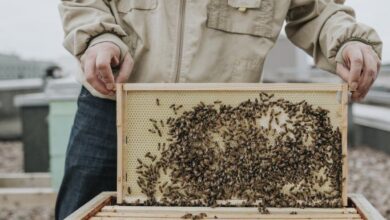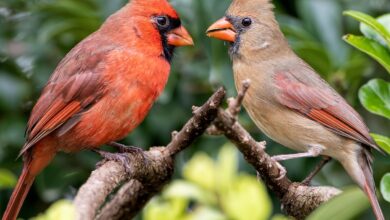If I Could Be Any Succulent, I’d Be A Saguaro Cactus

I’ve never pictured myself as any type of plant, and a succulent would probably be at the bottom of my list. Can’t I be a beautiful wild rose or sweet-smelling jasmine instead? Maybe a wildflower like Indian paintbrush, columbine, or California poppy?
I’m pretty sure the life of a succulent isn’t easy. Indoors, succulents are frequently killed with kindness — overfed, overwatered, or on the other hand, they’re forgotten and allowed to dry up. (Are these just the succulents in my house?).
The poor things are planted in overly rich soil, tucked away in the shade, forced into cute little planters, or shoved into steamy terrariums. Sometimes, they’re even painted or dyed, obviously a crime against nature.
Life for outdoor succulents isn’t much easier, but thanks to their amazing adaptations, they’re able to withstand unimaginably harsh conditions.
Having said all that, my response is actually fairly easy. What succulent would I be? A saguaro cactus, of course!
Who Needs Trees When You’ve Got Saguaro Cactus?
Like all native Oregonians, I’m no stranger to impressive trees, from Mt. Hood’s ancient stands of majestic Douglas fir, western hemlock, western red cedar, or noble fir, to Eastern Oregon’s dryland, juniper cottonwood, or ponderosa pine, (to name just a few). After all these years, I’m still blown away by the majesty and sheer number and diversity of trees in the Pacific Northwest.
A few years ago, my husband and packed up and moved to Phoenix, Arizona, the largest city in the Sonoran Desert. I was spellbound by the beauty of the desert, all the hardy critters and plants that live there, and the huge cacti that towered over all of them.
Let me tell you, the pictures don’t do them justice. Not even close. Saguaro cacti are definitely stately and majestic, but they’re also comical. Each cactus has its own personality; some are real characters, and no two are alike.
Saguaro Facts
Here are a few facts about these amazing succulents (just in case you didn’t know):
If conditions are right, saguaros can live 150 to 200 years, but they’re considered to be adults at 125 years. The first blooms show up at about 35 years, and the first branches (“arms”) at around 50 to 70 years (up to a century in drier areas).
Although they are slow growers, they can eventually reach heights of 60 feet (18 m.), depending on available moisture. A fully hydrated cactus can weigh well over 4 tons (more than 3.6 metric tons).
Unbelievably, most of a saguaro’s roots are only 4 to 6 inches (10-15 cm.) deep, but they grow outward as far as the plant’s height. The exception is a single taproot of 2 feet (.7 m.) or more. If they’re overwatered (or flooded), they can fall over. This is heartbreaking, and also dangerous.
Fruit, flesh, and flowers of the Saguaro cactus provide food, nectar, and shelter for a variety of birds, bats, insects, reptiles, and mammals. They are truly a vital part of the desert, and anyone should be proud to compare themselves to them.
Source link






